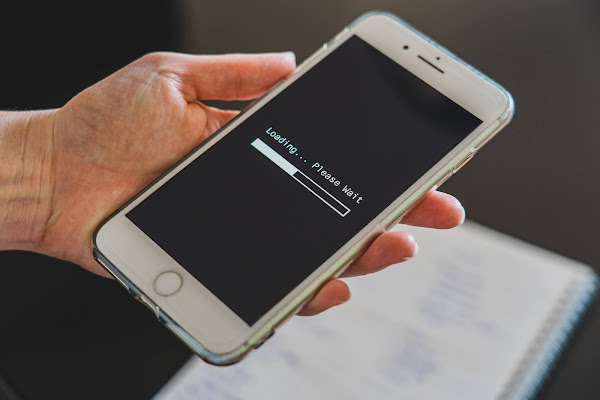This article has been indexed from E Hacking News – Latest Hacker News and IT Security News
Smartphones, unlike PCs, involve a range of radios – generally cellular, Wi-Fi, Bluetooth, and Near Field Communication (NFC) – that permit wireless communication in a variety of situations, and these radios are made to remain turned on while the user moves around the world. All smartphone users should be aware of the security implications of these wireless connections.
Security flaws in these interfaces are a matter of concern, whether built into the protocol or discovered in a particular implementation. They can enable attackers to force connections to untrusted equipment, allowing them to extract data and even gain access to the target device. According to reports, RF-based tactics are used by sophisticated nation-state actors such as Russia and China, allegedly target people traveling through airports and other chokepoints. However, the tools for RF hacking are available to garden-variety hackers as well.
Ways attackers engage in RF hacking:
The IMSI catcher, also known as a cell-site simulator, false cell tower, rogue base station, StingRay, or dirtbox in cellular communications, is the biggest concern. An IMSI catcher is a piece of equipment that acts like a genuine cell tower, allowing a targeted smartphone to connect to it rather than the actual mobile network. It may be done using a variety of ways, such as impersonating a neighboring cell tower or using white noise to jam the competing 5G/4G/3G frequencies.
The IMSI catcher places itself between the targeted smartphone and its cellular network after capturing the IMSI of the t
[…]
Content was cut in order to protect the source.Please visit the source for the rest of the article.
[…]
Content was cut in order to protect the source.Please visit the source for the rest of the article.
Read the original article: Safeguard Your Smartphones From Radio-based Attacks
